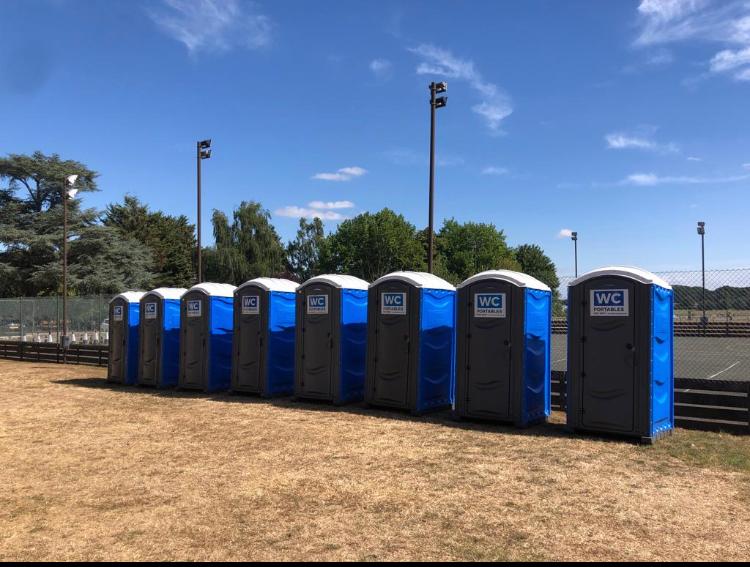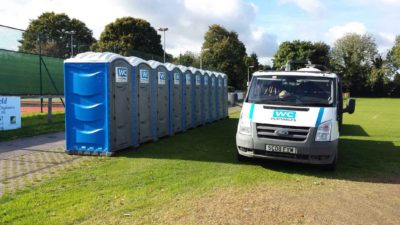We all love a clean toilet! Don’t we?! As we’ve stated often, you have better hygiene control of your private portable toilet than a publicly shared facility. With your bathroom, it is easy to predict its state based on the last time it was cleaned and how it was kept after the most recent use. Research on toilet hygiene reveals that cleanliness concerns over 90% of people, and facilities with foul smells deter over 63% of toilet users. It clearly shows toilet hygiene is a big concern to most people. The odour is often a product of an unclean or poorly maintained toilet. Almost every toilet user is a big fan of a clean and hygienic facility. Folks in a construction site would also like a clean and hygienic facility despite the dirt they may be exposed to while erecting buildings or refurbishing existing ones.
In a second survey on Brits and their experience of public toilets, over 36% of the respondents stated that around half of the public restrooms they recently visited were unpleasant. Approximately 52% of these users are unlikely to return to those facilities or venues where these units were located. It clearly shows the emphasis most people place on clean facilities.
Over a third, 36%, of all respondents said that half or more of the public bathrooms they’d recently visited were dirty. Providing shared restrooms at locations is essential, but ensuring that these are regularly cleaned and serviced is critical to maintaining the venue experience. Our focus in this piece is on construction sites, and it is not to say that workers would quit the building project if they experienced filthy toilets. However, the frequency in which they use the portable facility may remain the same if they constantly meet the units in an appalling state. Some workers may hold the urge to answer the call of nature until they find a more suitable standard portable toilet around the site.
Usually, a well-maintained unit at a nearby park, shopping mall, or train station. This could affect their productivity and ability to fully concentrate on a given task. Most public mobile toilets are cleaned and serviced on a weekly basis, depending on the frequency of use and the nature of the site or event. It is less likely to happen with toilets hired at construction sites. Certain conditions on these building locations will determine how often the units are to be cleaned. We previously wrote about how certain situations could make the daily cleaning of mobile toilets insufficient. In this article, we are further exploring some factors that will determine how often these units are cleaned.
Factors that determine how often a construction site is cleaned:
1) The state of the site: A muddy construction area will leave more dirt on the workers. When they visit the mobile toilet, there is a higher chance of having residue of mud and dirt in these units. As more workers see these facilities, there is likely to be a gradual buildup of filth and grime.
2) Availability of toilet hygiene posters and reminders: people need to be reminded of the essence of keeping the toilets clean after use. If the management of a construction site fails to inform workers at the start of the project of the toilet use rules, they are likely to leave the units in a not-so-good state.
3) The degree of a poor hygiene standard: Certain environments can cultivate or mitigate poor toilet hygiene standards. Within a construction site, if a few of the workers have a tendency to leave the units in a worse condition than they met it, it could then spread a poor toilet manners habit across the majority of the workforce. On the other hand, if there are more people on the construction site with a good appreciation for cleanliness, a decent number of their colleagues will want to follow suit.
Site portable toilets have to be regularly cleaned to maintain a high hygiene standard. These are some reasons that could necessitate a more frequent cleaning of these facilities.




